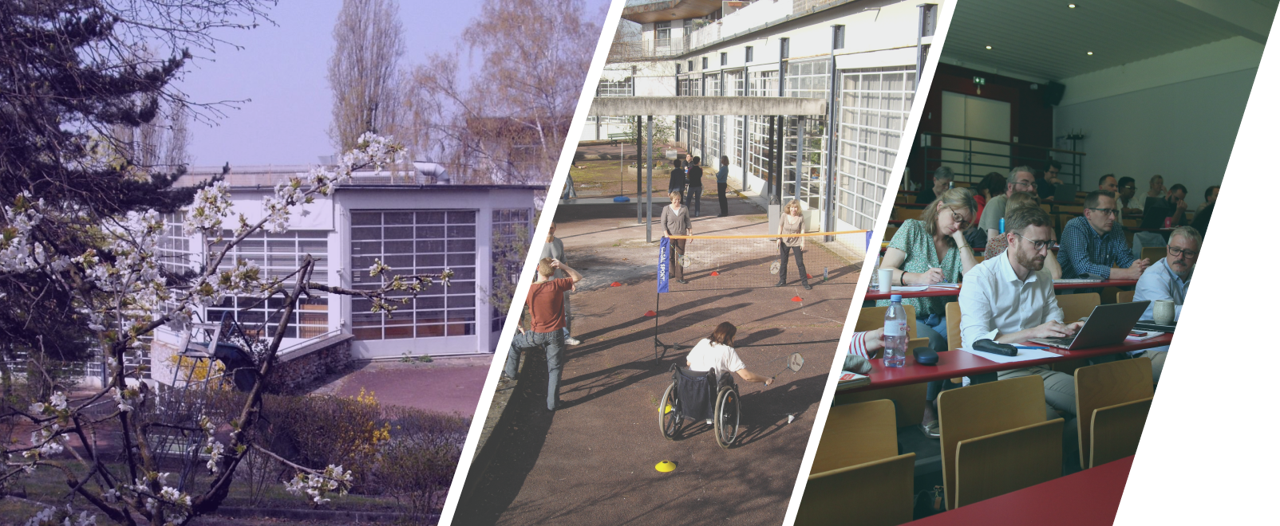
L’option « Handicapés sociaux » du CAEI (1966-1984) : une option oubliée de l’enseignement spécialisé, entre social et scolaire
Article du n°67 (3e trim. 2014) : « Les dispositifs Itep en devenir »
0,00 €
Description
Résumé : De 1966 à 1984 a existé dans l’Éducation nationale une catégorie de l’enseignement spécialisé intitulée « Handicapés sociaux », aujourd’hui totalement oubliée. Créée pendant la phase d’expansion de ce secteur, au moment de la prolongation de la scolarité jusqu’à 16 ans, elle donne une nouvelle visibilité à un public pris, en partie, en charge antérieurement : les « cas sociaux ». Difficile à définir comme à dénombrer, critiquée car trop floue et relative, elle a connu néanmoins des évolutions, tant dans le mode de prise en charge avec une diminution sensible de l’internat, que dans le profil même des enfants concernés. Ainsi, dans le contexte des années 1970 où la théorie du handicap socio-culturel est prégnante, la scolarisation des enfants d’immigrés devient un problème social. Pour une part, ce public est alors pris en charge par les instituteurs spécialisés, formés au centre national de Suresnes dans l’option « handicapés sociaux ».
Mots-clés : Éducation des jeunes à besoins éducatifs particuliers - Enseignement spécial séparé - Enseignant spécialiste - Environnement socio-culturel - Formation des enseignants - Handicap - Inégalité sociale - Personne en situation de handicap.
The “Socially Disabled“ option of the CAEI (1966-1984) - Certificate of Aptitude for the Education of Deficient or Maladjusted Children and Adolescents: a forgottten option in specialized teaching, between the social and the educational
Summary: From 1966 to 1984 a category of specialized education called “social disabilities”, now completely forgotten, existed in the French Education. Created during the expansion phase of the sector, at the time when schooling was extended to the age of 16, it gives new visibility to a population previously partly supported: “socially disadvantaged persons“. Difficult to define as well as to count, criticized because too vague and relative, this category nevertheless experienced changes both in the way of support with a significant decrease in boarding schools, and in the very profile of the children concerned. For instance, in the context of the 1970’s when the theory of socio-cultural handicap is strong, providing education for children of immigrants becomes a social problem. This population is then partly supported by specialized teachers trained at the national center in Suresnes in the option “social disabilities“.
Keywords: Disability - People with disabilities - Separate special education - Social inequality - Socio-cultural environment - Special needs education - Specialist teacher - Teacher education.
Informations complémentaires
- Nombre de pages :30
- Contact librairie :vente[at]inshea.fr
